SJ Zhang@sjzhang_
Designer and developer. Currently leading design at Compound.
I’m a technologist. My passion lies at the intersection of design, engineering and business. I work on Product and Design at Compound by day. Spend most of my time reading business news after dinner and code side projects over the weekend.
What led you into design and code?
During my second year in college, I co-founded a Fashion Accessory brand and built a website to sell our products. The website was featured as a template example by Squarespace. That coincidentally set me on a path of designing and building websites for other people.
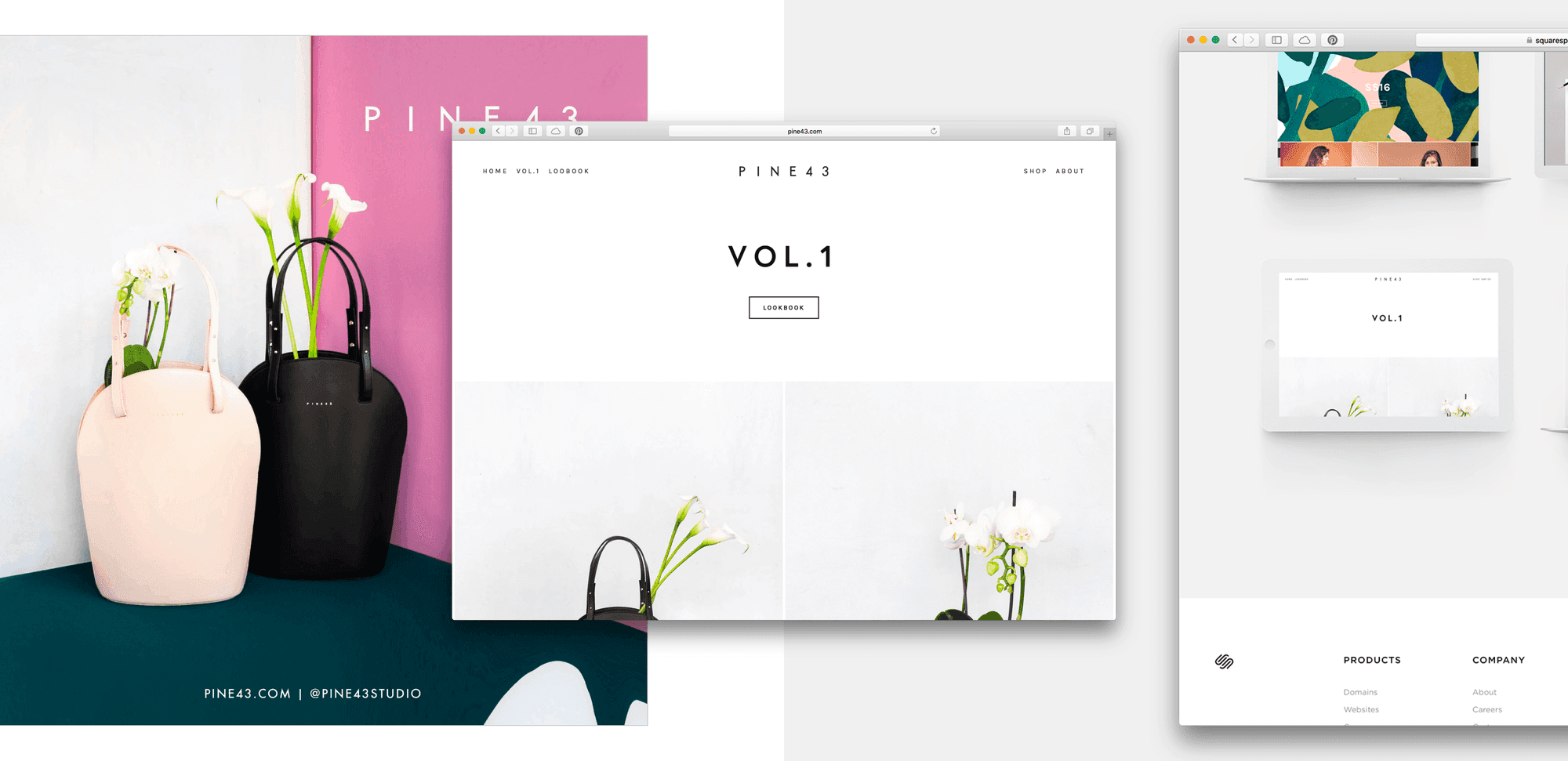
As time went by, there were more and more things I wanted to do so I took up coding at school. During my first year programing, I did a lot of creative coding like p5.js and openFrameworks before properly learning the basic web stack and later teaching myself React to build Form2Shape.
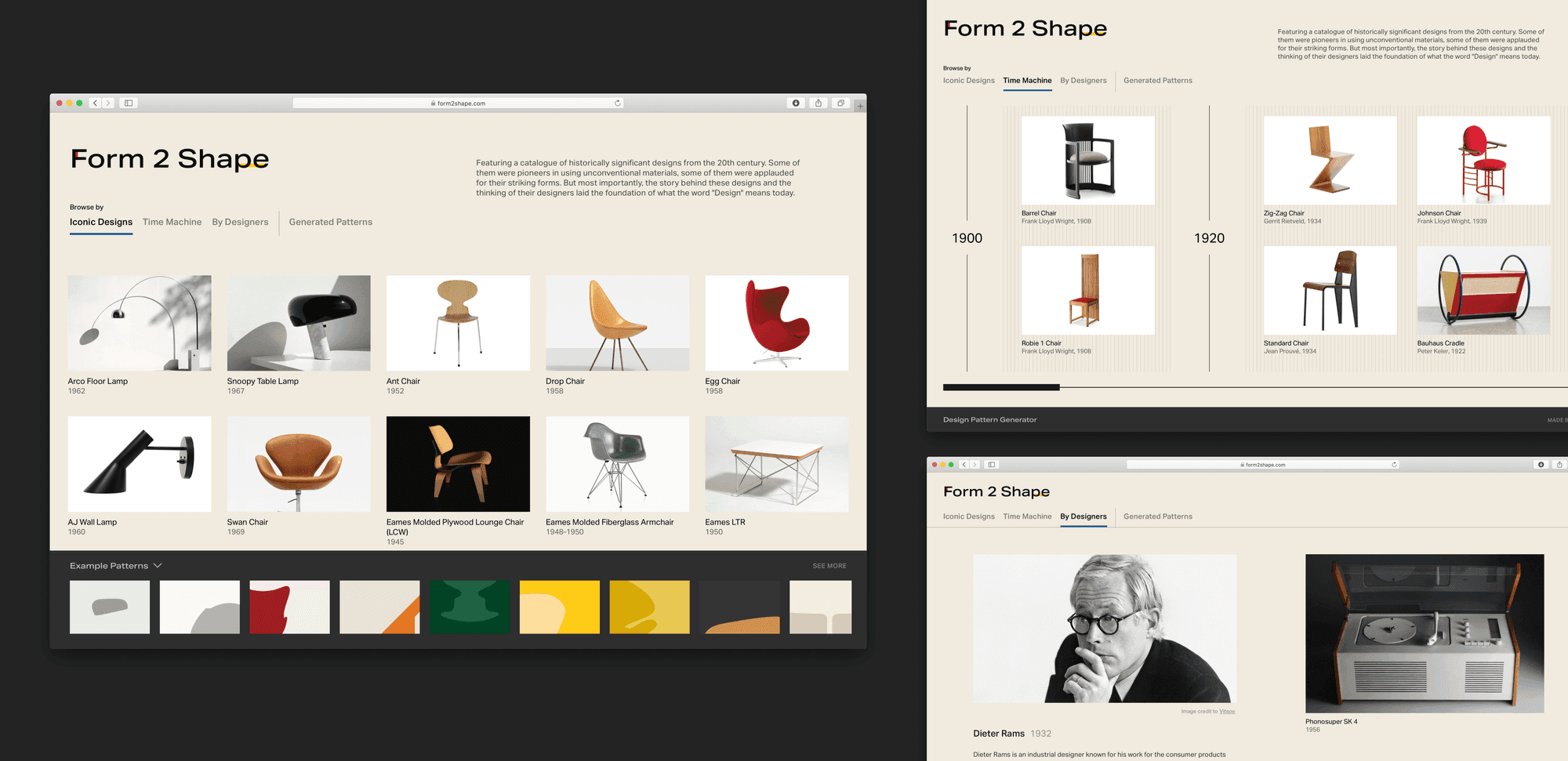
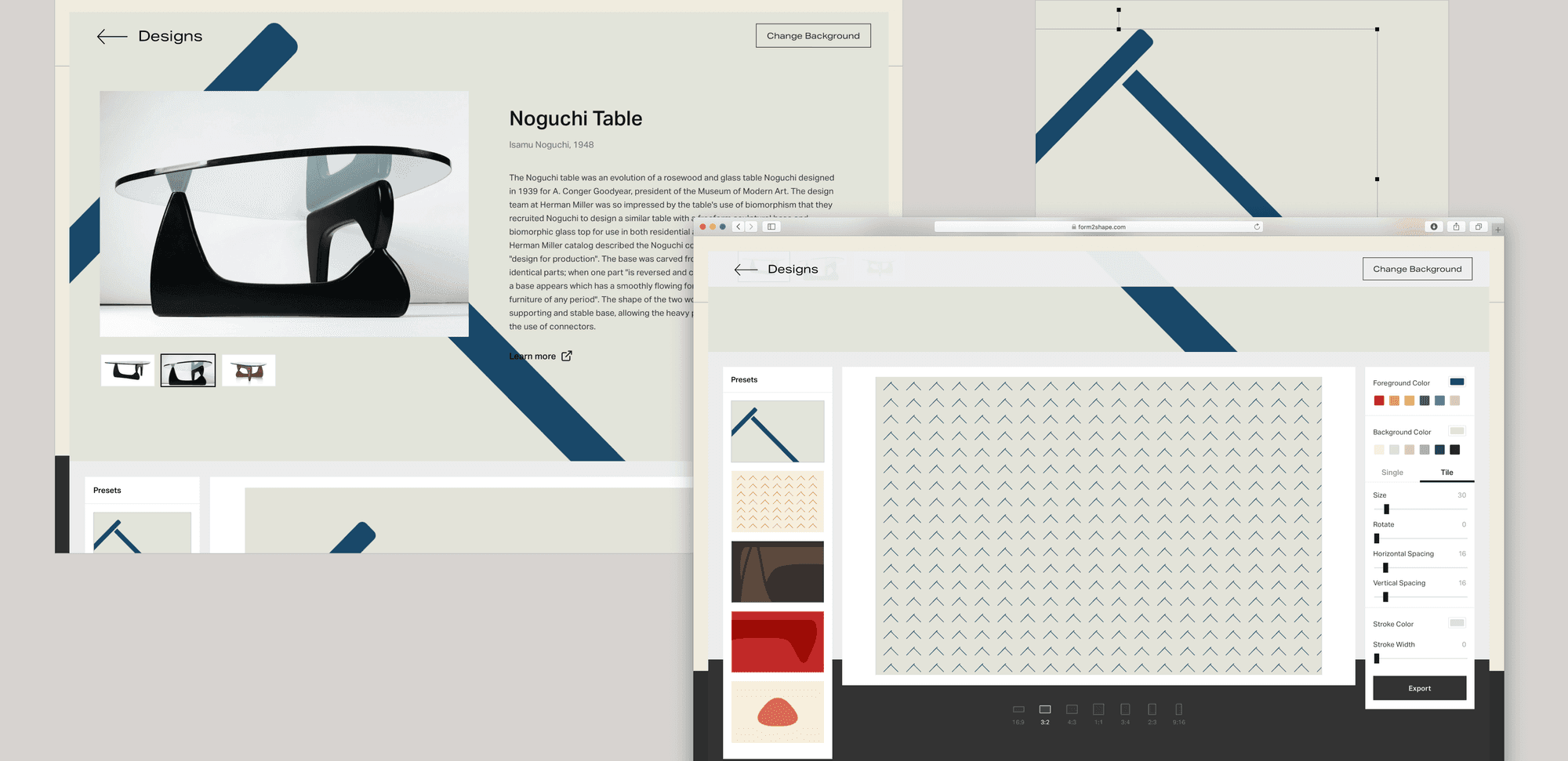
There’s a longer version of the story - another time.
You studied Fashion, how did it help you become a better designer?
Being involved in the Fashion Industry 1) got me starting a company that led me to doing web design work 2) pushed me to learn about business 3) gave me extended exposure to designing something that isn’t software.
My cross disciplinary era end up shaping much of my belief and working style. Bruno Munari said 'A designer is a planner with an aesthetic sense.' Understanding businesses, processes and constraints across fashion, architecture, industrial and game design helped me form a first principle view of “What the hell is Design”.
Can you tell us about your role as the design lead at Compound?
I work on everything from product, client communication to brand and marketing. Over time I’ve simplified my mandate as to ensure prospects and clients having a good experience interacting with Compound: from seeing Compound for the first time to being a happy client of Compound for years to come.
Depending on the strategic needs of the company, I shift my focus between different areas and objectives - whether it is design execution, direction alignment, PMing an initiative or helping other designers.
I’m also usually looked upon as the “quality bar” for shipping. I’ve found a well-calibrated balance between quality and speed with business objectives in mind. It’s roughly evaluated in this order:
- Could it go wrong and erodes trusts with our clients
- If we ship it today, is it a net better experience than yesterday
- Are we proud to tell people about it
The criteria is largely driven by company value. With a good understanding of our business’s nature, everyone is generally aligned. So I didn’t really make up a “bar”, I simply act as an enforcer.
How do you think about tradeoffs between design quality and engineering speed?
Great question to expand on the point around “quality bar” above. Before we ship anything, there’s also 1) how long do we spend designing, 2) how long do we spend implementing. I think people often oversimplify and think “fancy design will take longer engineering time”.
At Compound, our design process not only design the end UX but also the rough engineering timeline to make sure the outcome reflects the intention. In some cases things can take longer to think through (design) so it can be faster to implement while is still intuitive for users.
As to the design process, I think designing software is quite akin to putting together a decent outfit in the morning:
- You do it everyday, it’s iterative.
- You don’t spend infinite amount of time figuring out the best outfit ever / you need to ship for your customers.
- You develop a good process so you arrive at an outfit that you feel good in in the fastest way possible / you quickly arrive at an “okay” design that you can ship today, it benefits the customers because it’s better than yesterday.
- You improve on your system over time: both the items in your closet and your intuition of how to pick them out and pair them up / you improve your process and our ability to skip processes now that you’ve developed a strong intuition.
Good designer stays at the center of the business goals, customer needs and understanding what implementation entails. They use process, intuition, experience and other tools to get to the most effective solution possible within a reasonable time for both design and engineering.
What pieces of work are you most proud of?
Compound. I’ve been working on Compound for almost three years. Building with smart and passionate people really is special.
If you are not a client already, check out our pitch at withcompound.com/membership or our software at demo.withcompound.com.
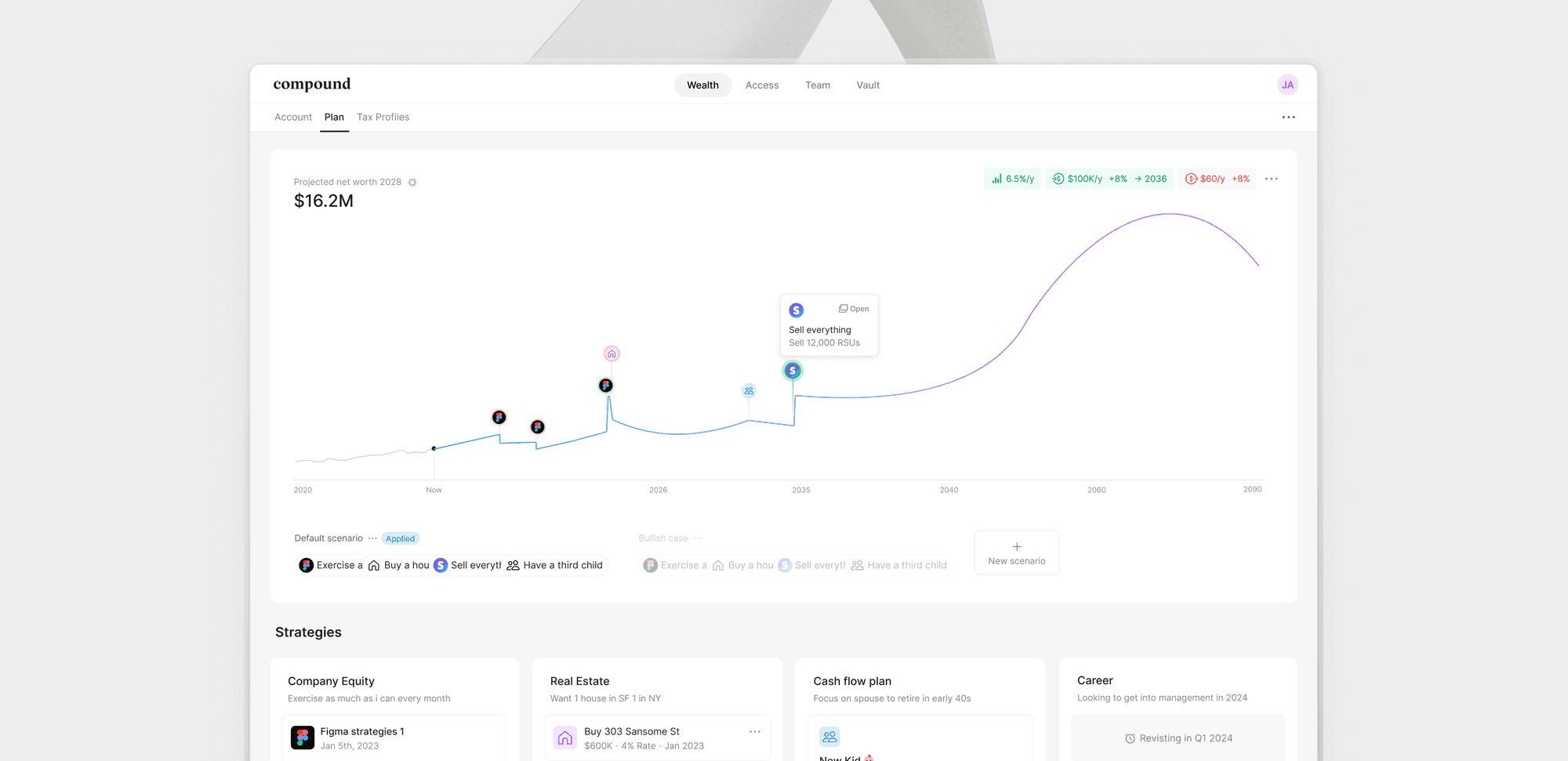
What is good design in your opinion?
My first memory of realizing I like a “design” was asking my parents for an iPod. iPods stood out to me for looking so “pure” comparing to other consumer products that “tries to look cool”. My preference of design remains today.
Designs are effective as long as they achieve what they were designed for: from attracting attention to being functional enough while cheap to produce.
The type of design that I appreciate the most is one that strikes a perfect balance between form and function, which is fundamentally subjective. It is simple and elegant on the surface, yet thoughtful and powerful underneath. Authenticity is crucial, with no veneers, paints, or UI that feels out of place on the platform. Good design perfects the use of materials or platforms, achieving the best possible finish for certain metals, leather, or glass, and pushing the limits of what the native UI platform allows.
I don’t. I realized a few years into my design career that i’m not the most creative person. I excel in execution.
How do you keep yourself motivated?
I only work on things that I can find intrinsic motivation for. I’m very fortunate to be in that position but I think anyone can discover value in their work and center their motivation around it.
What are your design pet-peeves?
Others saying “I’m not a designer, but…”.
Part of design is being an opinion sponge and filter. I encourage everyone to voice their opinions. It’s also a great exercise for yourself if you can think deeply about your opinion, and try to articulate it well.
What are you currently excited about?
Been working on a side project around the concept of sharing and discovering movies, music, restaurants, and other fun stuff. I spend so long on finance both as an investor and as a professional in fintech. It is very refreshing to switch off and thinking about entertainment, culture and social dynamics over the weekend. Stay tuned 😉.
Do you have any advice for ambitious designers or engineers?
Tinker and launch things. Work on ambitious side projects all by yourself for technical learnings or with others: indefinitely more fun. You are in a very fortunate position where you can create a proof of concept and have connections that can help you create a complete experience.
I know many talented non-technical thinkers spending days pitching technical co-founders. If you can, build that fun idea.
How does your setup look like?
I’m usually on my Mac but this is the best pic I have from when I was building my PC.
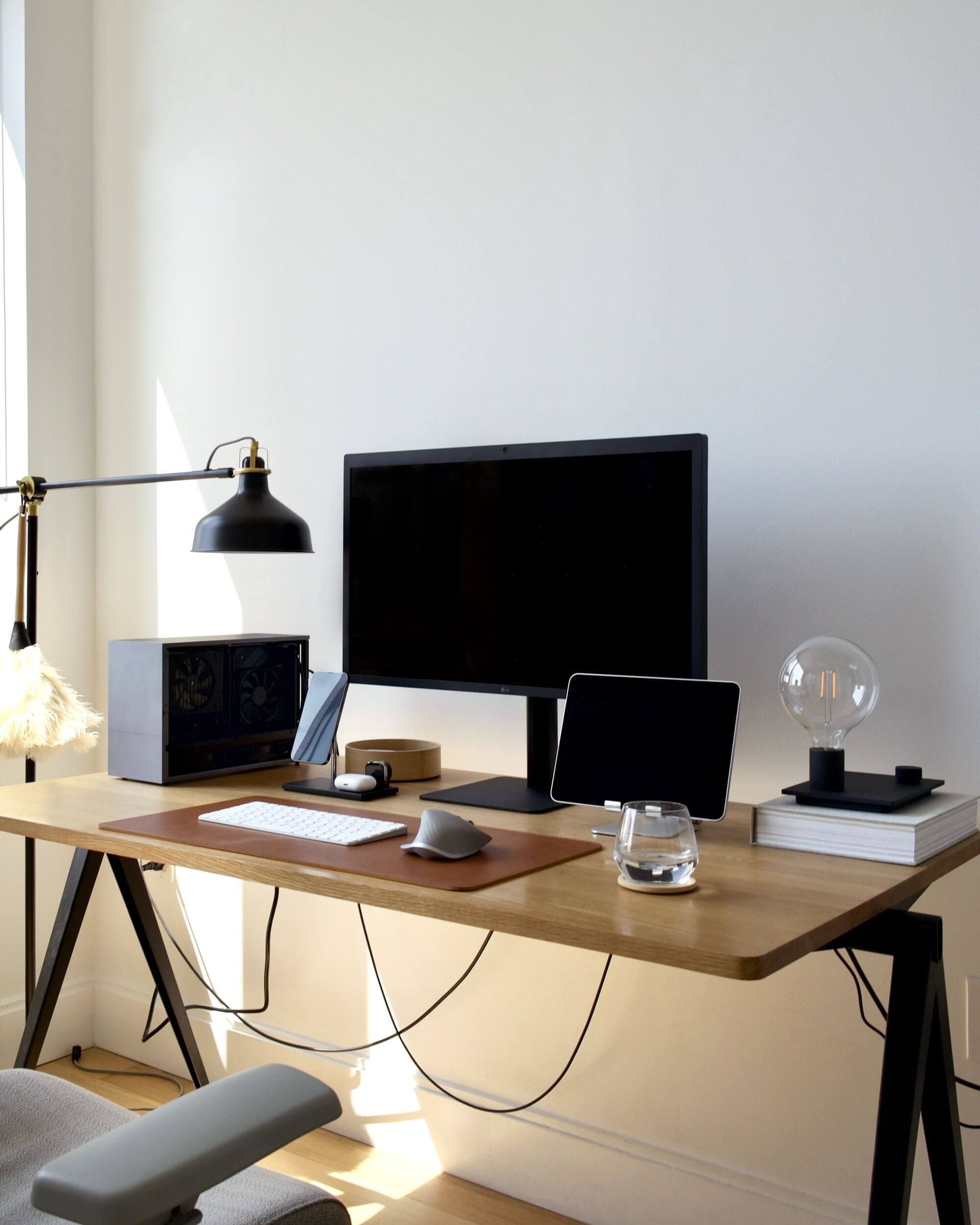
What are your favorite brands?
Apple, Leica, Saint Laurent, Vitra, SSENSE, Aman, Loewe, Aesop, Bang & Olufsen, Acne Studios, Teenage Engineering, Bottega Veneta, Notion, Nike…
…and my old employer Sonos where I sat next to our industrial and packaging designers.
Key Takeaways
A designer is a planner with an aesthetic sense.
Part of design is being an opinion sponge and filter.
Good design perfects the use of materials or platforms, achieving the best possible finish for certain metals, leather, or glass, and pushing the limits of what the native UI platform allows.